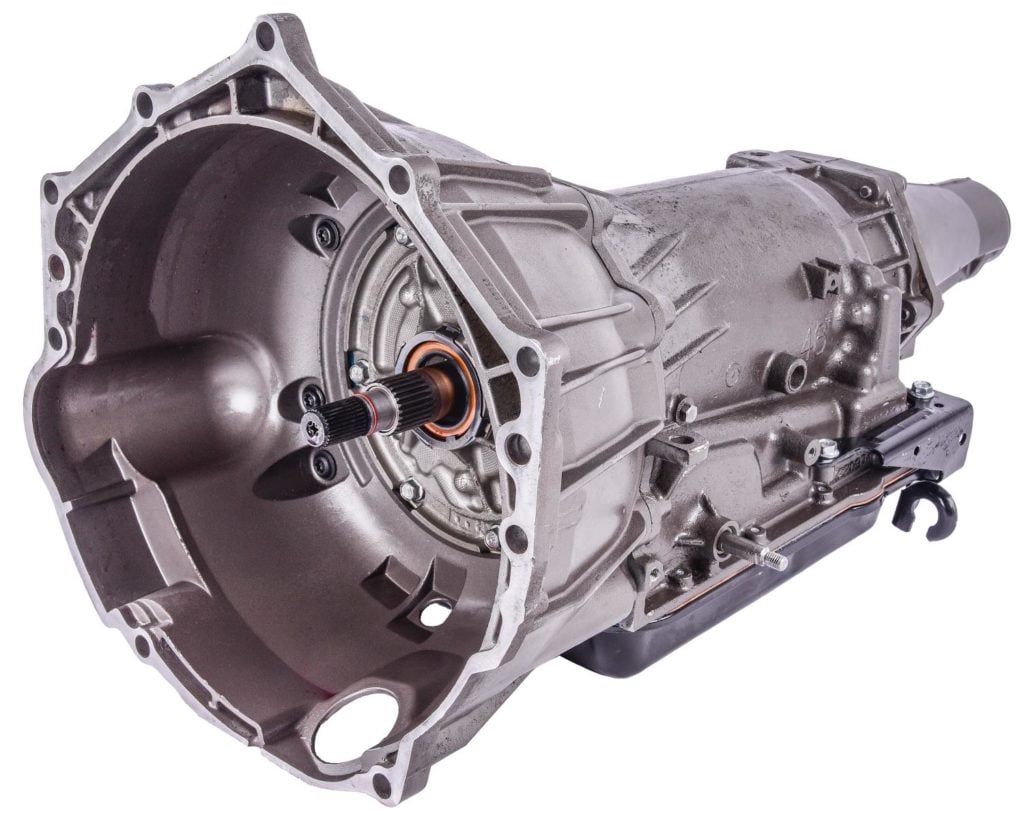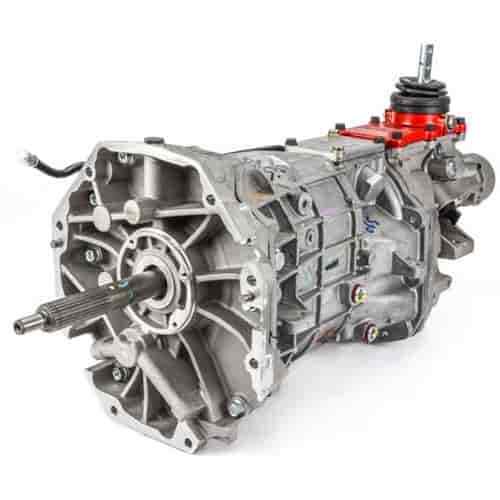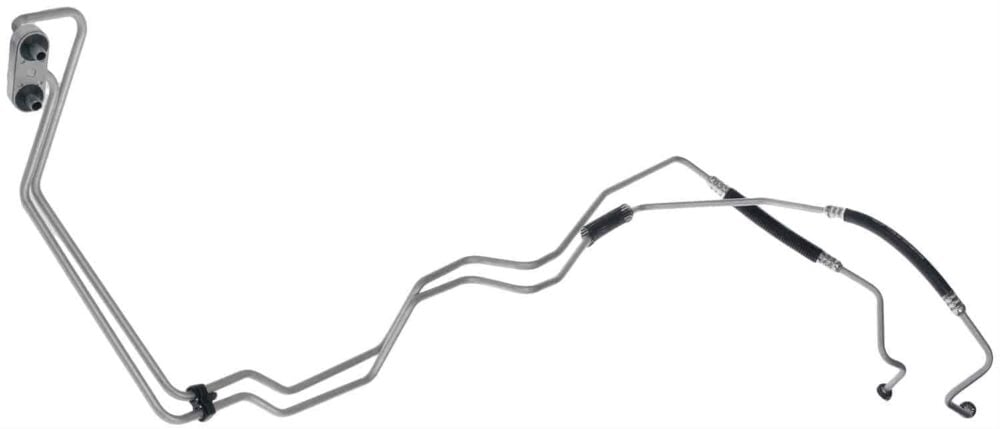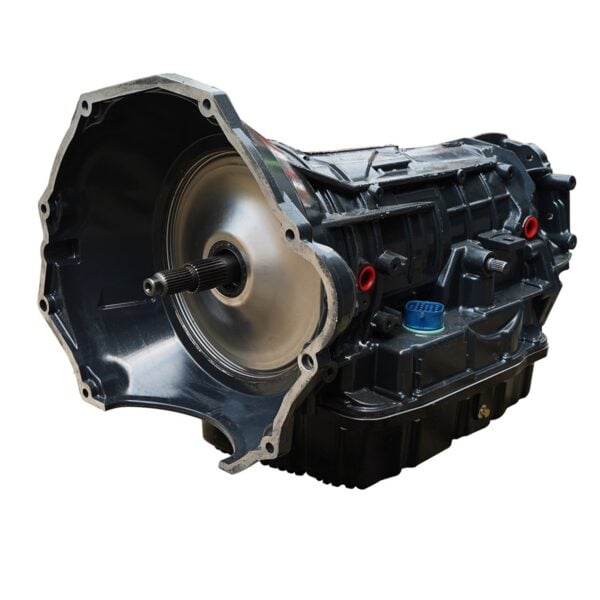
Benefits of Updating Your Classic Car's Transmission
Classic cars offer a unique motoring experience, free from the distractions and technology of modern vehicles. Many enthusiasts cherish these timeless machines for weekend drives, using them as a digital detox, while some even make them daily drivers. However, like all automotive components, the transmission on a classic car will eventually wear down, requiring replacement or rebuilding. In this comprehensive guide, we'll explore the benefits, considerations, and challenges of upgrading your classic car's transmission, helping you make informed decisions for your beloved vintage ride.
Why Consider Updating Your Classic Car's Transmission?
The transmission in your classic car is a critical component responsible for managing the engine's power and torque, converting it into usable motion. Over the years, this vital part may have endured countless gear shifts. Here are some compelling reasons to consider upgrading, updating, or rebuilding your classic car's transmission:
- Regain Peak Efficiency: Older transmissions may have accumulated wear and energy losses over time, affecting gas mileage. Upgrading can lead to improved fuel efficiency.
- Smoother Shifts: Whether your classic car has a manual or automatic transmission, smoother shifts enhance driving comfort and overall enjoyment.
- Increased Power Handling: Some transmission upgrades can allow your vehicle to handle more power and torque, enhancing its engine performance.
- Preserve Originality: If a better transmission option was available for your classic car in later years, upgrading to it while retaining your beloved classic can offer the benefits of improved transmission without sacrificing originality.
- Extended Vehicle Lifespan: A classic car transmission rebuild or upgrade can breathe new life into your vehicle, potentially extending its longevity.

Cost Of A New Transmission
Opting for a brand-new transmission is a route taken by classic car owners looking for a quick turnaround, but it comes with a significant price tag. The cost of a new transmission can run into thousands of dollars, and finding a new one for a classic car over fifty years old can be nearly impossible when original spares are scarce.
That’s why rebuilding your transmission can be a better and cost-effective option. Granted, it is much more time-intensive than simply dropping the old transmission and slotting in a new one, but you’re more likely to find brand new components than an entire new transmission. Rebuilding your classic car transmission also allows you to inspect the innards for damage and identify any components that do not need replacement.
The cost of rebuilding your classic car transmission might be less than a couple of thousand dollars. However, one major cost that you will incur will be the time cost, as rebuilding a transmission may take a week or more at a moderately busy workshop, and of course you can’t drive your car during that time.
There’s one more major advantage to rebuilding rather than a brand new avenue, and that’s originality. Many classic car owners take pride in owning a car with numbers-matching engine and transmission right from the factory, and they haven’t changed anything. If you’re one of those people, remember that installing a new transmission effectively voids your classic car’s numbers-matching status, so rebuilding the transmission is your sole option if you want to retain originality.
Figuring Out What Type Of Transmission Your Car Needs
How do you figure out what type of transmission your classic car needs? It’s got to be automatic or manual, right? Well yes, but there’s a little more to it than that.
First, check your owner’s manual for the exact specifications of your classic car’s transmission. The VIN plate on some classic cars may also give you the model of transmission installed in your classic car, or at the very least, the transaxle model.
You might also be able to find out the model and type of transmission on your classic car by simply looking at the existing transmission while it’s installed. You might be able to identify it from markings visible when opening the hood, or may need to raise your car on a shop lift and have a look underneath with a light.
If you’re a member of a classic car club or group of similar makes and models, chances are that there are members who can help you out.
Speedometer Gear Teeth Calculator
(input the type of gear and number of teeth to see the correct corresponding gear tooth count)
Rear Axle Ratio:
Tire Diameter (in inches):
Select Gear Type:
Number Of Gear Teeth:
Factors to Consider Before Updating the Transmission
Before deciding to update or rebuild a classic car's transmission, it's important to consider several factors. First, assess the overall condition of the vehicle. If the car has significant mechanical issues or requires extensive repairs, it may be wise to evaluate whether investing in a transmission update is the best course of action. Additionally, consider the compatibility of the new transmission with other components of the vehicle. Ensure that the updated transmission integrates smoothly with the engine, drivetrain, and any other related systems. Lastly, consider the potential impact on the vehicle's value. While an upgraded transmission can enhance performance, some enthusiasts prefer to preserve their classic car in its original condition. It's essential to strike a balance between improved functionality and maintaining the vehicle's authenticity.
Choosing the Right Transmission Upgrade
Selecting the right transmission upgrade for your classic car requires careful consideration. Determine whether a manual or automatic transmission is most suitable for your driving preferences and the vehicle's specifications. Manual transmissions offer a more engaging driving experience, while automatic transmissions provide convenience and ease of use. Additionally, research performance-oriented transmissions that are compatible with your classic car model. These upgrades can offer enhanced power handling and improved gear ratios to optimize performance. Consider consulting with automotive experts or transmission specialists who can provide valuable insights and recommendations based on their expertise and experience.
The Importance of Regular Inspections
Regular inspections and maintenance are crucial for preserving the longevity and performance of a classic car's transmission. Schedule periodic inspections with a qualified mechanic or transmission specialist to assess the condition of the transmission. They can identify potential issues early on, such as fluid leaks, worn components, or unusual noises, allowing for timely repairs and preventive maintenance. Additionally, emphasize the importance of following the manufacturer's recommended maintenance schedule for fluid changes and other transmission-related services. Consistent care and proactive maintenance can extend the lifespan of the transmission and minimize the risk of costly repairs down the line.
Transmission Rebuilding Process
Transmission rebuilding is a comprehensive process that involves disassembling, inspecting, and replacing worn or damaged components. It requires the expertise of experienced mechanics or transmission specialists. During the rebuilding process, all internal parts are carefully examined, and any damaged or worn components are replaced with new ones. The transmission is then reassembled, ensuring proper fitment and alignment. Rebuilding not only restores the transmission's functionality but also allows for a thorough inspection of other critical components. This comprehensive approach helps identify and address any potential issues before they become major problems.
Transmission Upgrade Installation
Installing a transmission upgrade requires attention to detail and precision to ensure a proper fitment and functionality. It is advisable to follow the manufacturer's instructions carefully or seek professional assistance from experienced mechanics or transmission specialists. They have the knowledge and expertise to handle the installation process, ensuring that the new transmission integrates seamlessly with the existing components. It's important to pay attention to compatibility and make any necessary adjustments or modifications to support the upgraded transmission. By following proper installation procedures, you can maximize the benefits of the transmission upgrade and avoid potential issues that may arise from improper installation.
Warranty and Support
When considering transmission upgrades or rebuilt transmissions, it's essential to inquire about warranty coverage and after-sales support. Review the terms and conditions of the warranty, including its duration and coverage. Additionally, inquire about available customer support options from the transmission manufacturer, such as technical assistance or troubleshooting advice.
Everything For Classics And Contemporaries From JEGS
We at JEGS have got everything you can imagine, plus more, for classics and contemporary cars. With an inventory well in the thousands or products, and from hundreds of recognized brands, quality parts are always in stock. Since founder Jeg Coughlin started the company in 1960, we’ve never compromised on our values of providing a great range of products at competitive prices, backed by superior after sales service and support. Check out what we’ve got online or in-store, and we’ll be glad to serve you.





